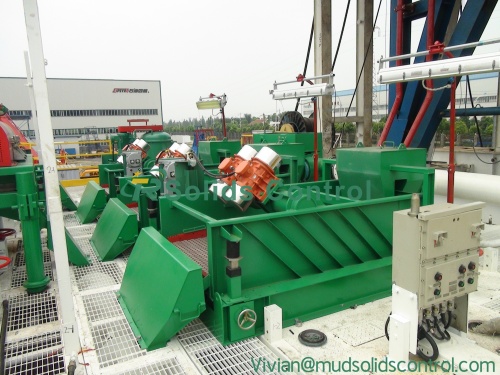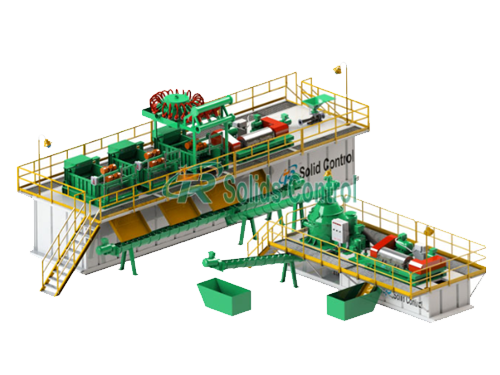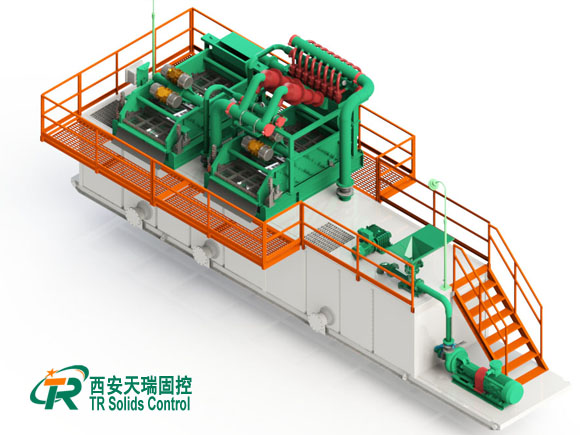Buyer’s Guide: Key Features to Look for in a Shale Shaker
Choosing the right shale shaker is crucial for achieving efficient solids control and stable drilling performance. As the first stage of the solids control system, shale shakers remove drill cuttings from drilling mud, protecting downstream equipment and reducing overall operational costs. This buyer’s guide highlights the key shale shaker features you should consider to ensure reliability, efficiency, and value for your drilling operation.
1. Vibration Motion Type
The shaker’s vibration pattern determines solids movement and separation efficiency.
- Linear motion shale shakers: Deliver high G-force and fast cuttings conveyance—ideal for heavy drilling loads.
- Balanced elliptical motion shakers: Provide smoother operation with better fluid recovery for less aggressive drilling.
Select a motion type that best matches your drilling environment and mud properties.
2. Screen Capacity and Design
High-capacity shale shaker screens are essential for effective solids removal. Look for:
- API-certified mesh sizes for accurate particle separation.
- Composite frame screens for durability and corrosion resistance.
- Quick screen replacement systems to reduce downtime and maintenance costs.
3. Adjustable Deck Angle and Vibration Force
A good shale shaker allows you to adjust the deck angle and vibration intensity to adapt to changing drilling conditions. This flexibility improves solids conveyance, prevents screen flooding, and enhances overall mud treatment efficiency.
4. Robust Structure and Materials
Choose a shaker made with high-strength steel and anti-corrosion coatings to withstand harsh drilling environments. A solid construction minimizes vibration fatigue and extends equipment lifespan.
5. Ease of Maintenance
Time is money on a drilling site. Shale shakers with easy-access panels, simple tensioning devices, and modular components help speed up maintenance, reducing downtime and increasing productivity.
6. Energy Efficiency and Noise Control
Modern shakers are designed for lower energy consumption and quieter operation. This not only reduces running costs but also provides a safer and more comfortable work environment.
Conclusion
Selecting the right shale shaker involves more than just comparing prices—it’s about finding a system that balances performance, durability, and cost-effectiveness. By focusing on vibration motion, screen design, adjustability, and ease of maintenance, buyers can ensure optimal solids control and longer equipment life in every drilling operation.







Leave a Reply